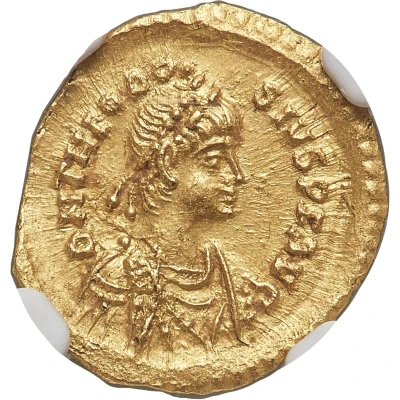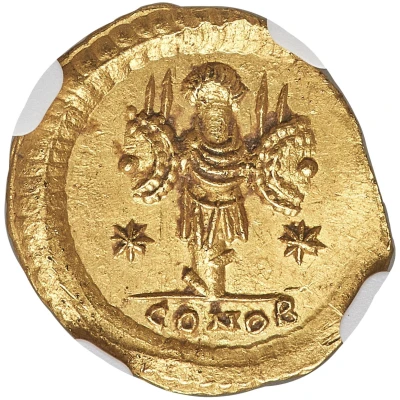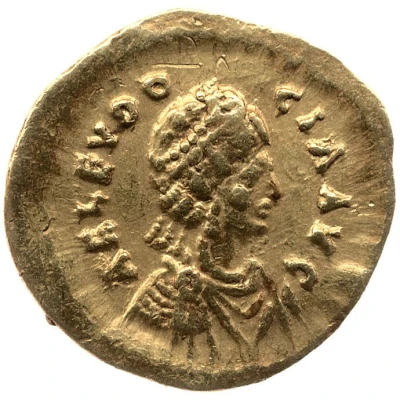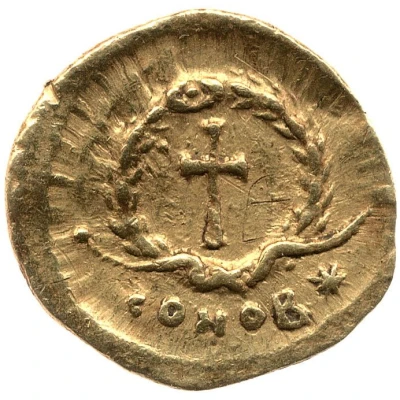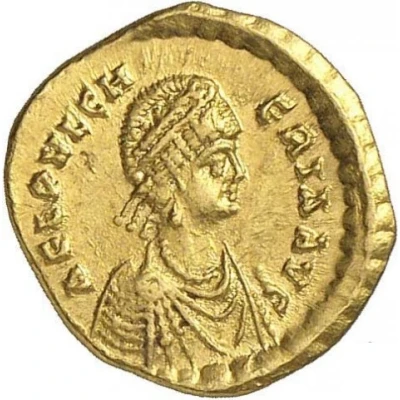
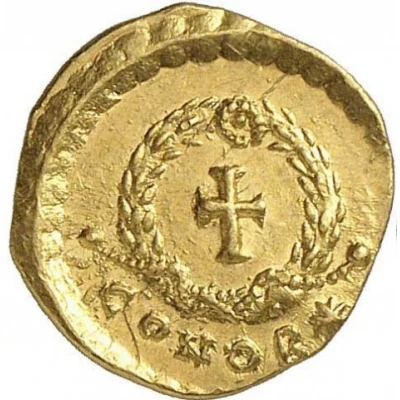

© Maison Palombo
Tremissis - Aelia Pulcheria Cross within wreath; Constantinopolis
444 year| Gold | 1.49 g | 16 mm |
| Issuer | Eastern Roman Empire (Rome) |
|---|---|
| Emperor | Theodosius II (402-450) |
| Type | Standard circulation coin |
| Year | 444 |
| Value | 1 Tremissis (⅓) |
| Currency | Solidus (330-476) |
| Composition | Gold |
| Weight | 1.49 g |
| Diameter | 16 mm |
| Shape | Round (irregular) |
| Technique | Hammered |
| Orientation | Variable alignment ↺ |
| Demonetized | Yes |
| Updated | 2024-10-10 |
| Numista | N#116668 |
|---|---|
| Rarity index | 94% |
Reverse
Cross within laurel-wreath, mintmark in exergue.
Script: Latin
Lettering: CONOB
Comment
Aelia Pulcheria was an Eastern Roman empress who advised her brother emperor Theodosius II during his minority and then became wife to emperor Marcian from November 450 to her death in 453.She was the second child of Eastern Roman Emperor Arcadius and Empress Aelia Eudoxia. In 414, the fifteen-year old Pulcheria became the guardian of her younger brother Theodosius II.
When Theodosius was killed in a riding accident in AD 450, Pulcheria briefly ruled as sole empress before bowing to demands that she marry and thus chose a suitable man to rule as Augustus.
Variants are known, under this reference along with other references, given the types of ties of the wreath on reverse:
From RIC Volume 10
Interesting fact
One interesting fact about the Aelia Pulcheria Tremissis coin is that it features a unique blend of Christian and pagan imagery. The obverse side of the coin bears the image of a cross within a wreath, which symbolizes the Christian faith, while the reverse side features the image of a Roman Emperor, likely Theodosius II, who ruled the Eastern Roman Empire from 408 to 450 AD. This blending of religious symbols reflects the cultural and religious shifts that were taking place during this time period, as Christianity began to emerge as the dominant religion of the Empire.
